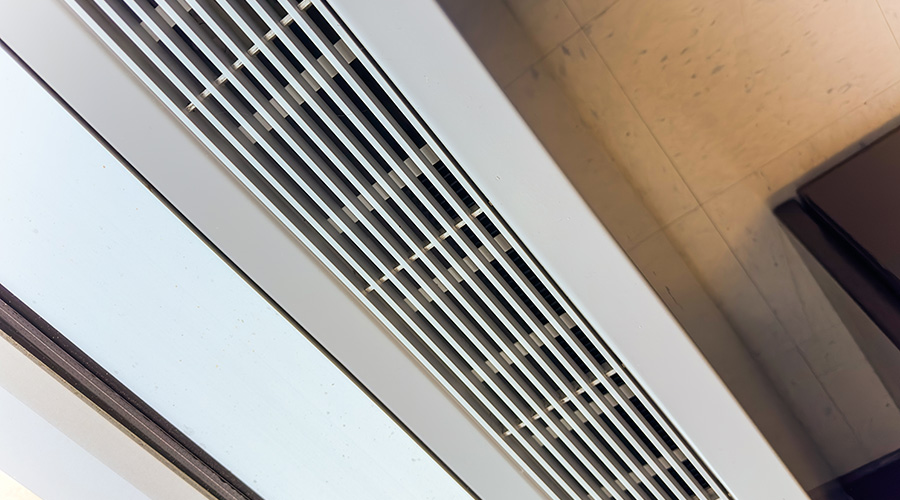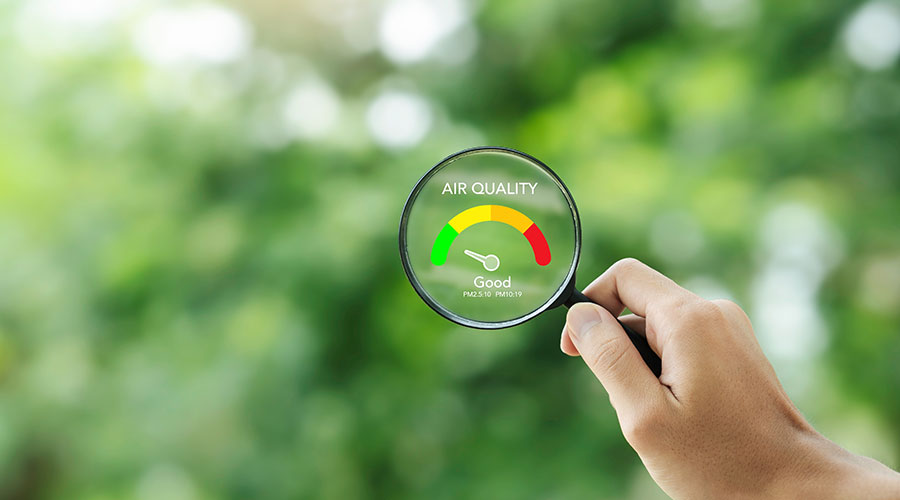IAQ Certification Program Uses Strict Tests
The GREENGUARD Environmental Institute requires its scientific partners to adhere to the utmost level of quality control and scientific rigor to generate reliable and credible test results using dynamic environmental chamber tests. "We require our scientific partners to use dynamic controlled testing chambers following established ASTM standards. The chamber reflects actual building conditions by pumping pure air into the chamber and then collecting samples from the exhaust air," says Henning Bloech, executive director.
He says that the process mimics airflow patterns in buildings and provides data that can be translated into real-world scenarios. Chamber testing permits a controlled and representative indoor environment. Products are tested for formaldehyde and other VOCs, respirable particles and ozone emissions — more than 10,000 chemicals in total.
GEI's web site explains that "environmental chamber testing allows the wide spectrum of VOC emissions to be determined rather than just the primary components of the product."
Bloech also says that there are three basic values GEI seeks during product testing:
1. Volume of emissions from a product at a certain point in time;
2. Emission rate change during a finite time span; and
3. Estimated air concentrations calculated for real-world building environments.
Complete test methods and standards used by GREENGUARD certification programs are publicly available and can be viewed at GEI's web site: www.greenguard.org.
One challenge facing GEI is staying on top of an ever-growing list of chemicals in modern building products.
"The number of chemicals is increasing," says Bloech. GREENGUARD is testing for over 10,000 chemicals at present and is adding new compounds every year, according to Bloech.
As old chemicals or methods — think lead in paint — are phased out, manufacturers develop new chemicals that will outperform current chemicals or replace banned or regulated chemicals. Staying ahead of this cascading chemical curve is important to GEI.
"It takes years to determine the health impacts of all these new chemicals and new scientific findings may change the toxicological rating of presumably well-known chemicals," says Bloech. "For example, only lately was formaldehyde classified as a human carcinogen."
Ultimately, the aim of GREENGUARD Certification is to minimize exposure to unknown chemicals and constantly update the organization's chemical requirements.
Related Topics:













